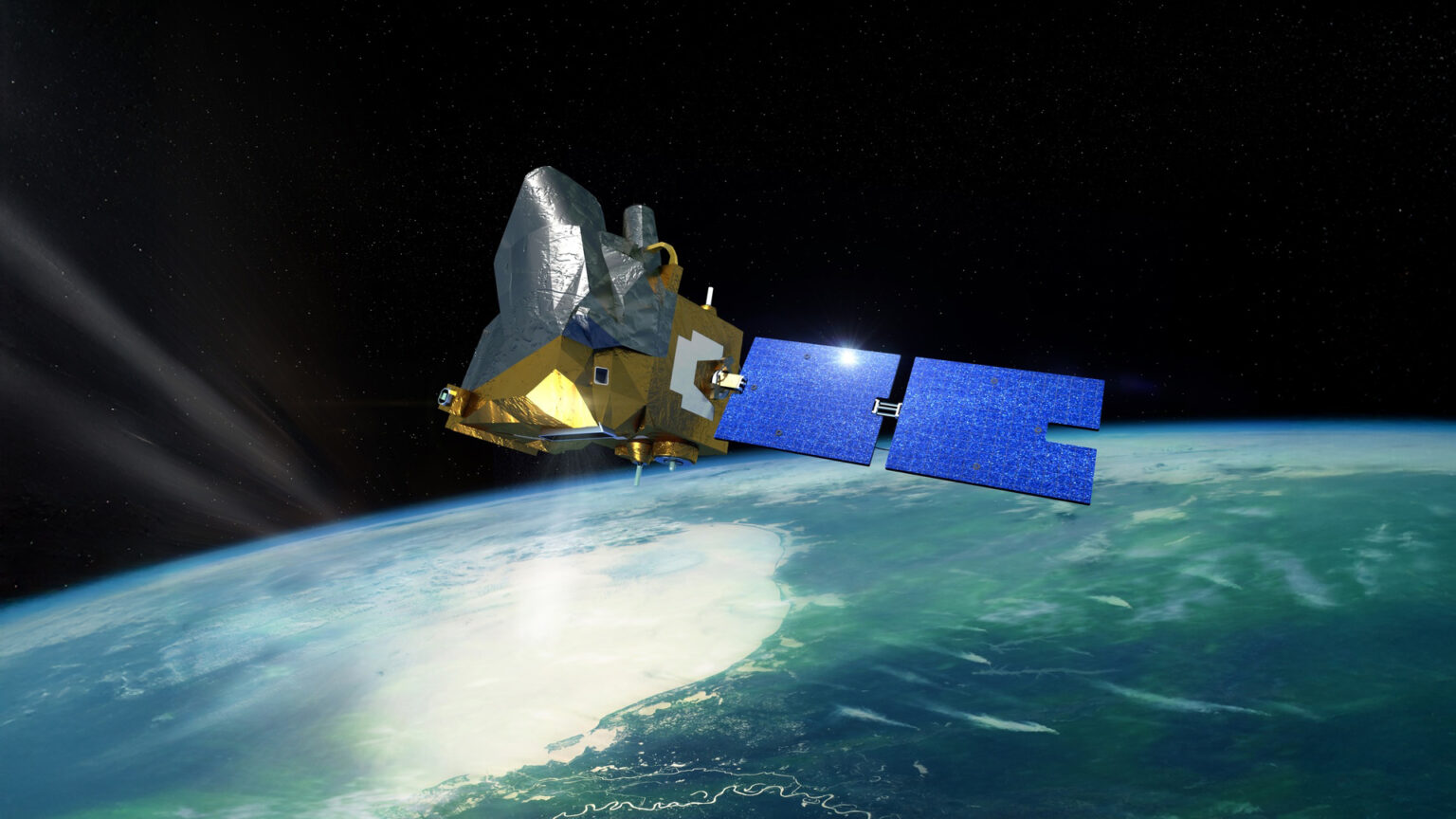A new carbon dioxide-tracking satellite, Microcarb, successfully launched on July 26, 2025 aboard a Vega-C rocket from Europe’s Spaceport. This mission marks a significant step in the global effort to accurately monitor and reduce carbon emissions.
Developed by the French space agency CNES with support from the UK Space Agency, European Organisation for the Exploitation of Meteorological Satellites (EUMETSAT), and the European Union’s Copernicus programme, Microcarb is designed to observe global carbon dioxide distribution with unprecedented accuracy. It serves as a precursor to the larger Copernicus Anthropogenic Carbon Dioxide Monitoring (CO2M) mission, strengthening Europe’s capacity to track the greenhouse gas emissions driving global heating.
Unprecedented precision for climate action
Equipped with an infrared spectrometer, Microcarb will provide highly precise measurements of oxygen and carbon dioxide concentrations, down to one part per million. This level of accuracy, close to 99.98%, will allow experts to distinguish between natural carbon flows and human-caused emissions, and identify both sources and sinks of CO2, such as forests.
Rüdiger Lang, Greenhouse Gas Project Scientist at EUMETSAT, emphasized the satellite’s importance, stating that while overall CO2 accumulation is known, detailed emission source information is lacking. “Microcarb is a vital part of Europe’s efforts to track greenhouse gases, hold emitters accountable, and guide climate action,” Lang explained. The ability to pinpoint emissions more accurately will enable countries to implement targeted policies and verify their effectiveness.
EUMETSAT’s role in data processing and distribution
EUMETSAT is responsible for operating Microcarb’s data services, including processing, storing, and distributing data products to operational users, complementing France’s AERIS service for the scientific community. Óscar Pérez Navarro, Competence Area Manager for Data Processing Systems and Applications at EUMETSAT, highlighted their critical role in translating raw measurements into actionable emission estimates.
The initial six months post-launch will focus on calibration and validation to ensure data quality. Following this, EUMETSAT will move to operational processing, generating data products for scientists, forecasters, and decision-makers, including Copernicus services and national meteorological institutes.
Paving the way for future missions
Microcarb is a polar-orbiting satellite flying at approximately 650km above Earth. This mission represents Europe’s first dedicated contribution to space-based carbon dioxide observation, laying the groundwork for more extensive systems like the Copernicus CO2M constellation.
The experience gained from Microcarb, including the reuse of innovative and cost-efficient data processing systems, will be invaluable for future programs. While current missions like Microcarb, Japan’s GOSAT, and NASA’s OCO-2 are crucial, they have limitations in data provision and continuous global coverage. The upcoming CO2M constellation, with its three satellites and advanced instrumentation, aims to achieve near-global coverage in days, setting new standards for greenhouse gas monitoring from space.





